Does every runner need a running shoe fitting? Yes! The most essential piece of gear a runner needs is running shoes: if those aren’t the proper fit, a world of problems awaits. As a runner of over ten years and a former fit specialist, I’ve got the low-down on how to have the best shoe fitting and walk out with great shoes that will treat you well for many miles to come!

Have An Open Mind
You may go to your shoe fitting with preconceived notions of make, model, or even color or size, but my recommendation is to let that go. Every foot is different, and every shoe is different. Sizing runs differently between brands and even models. And if you find the perfect shoe but you don’t love the color, is it worth it to let go of what could be an incredible running experience over a cosmetic detail? Of course, we like what we like, but I highly suggest going in to the fitting ready to listen and really try rather than being set in your course.
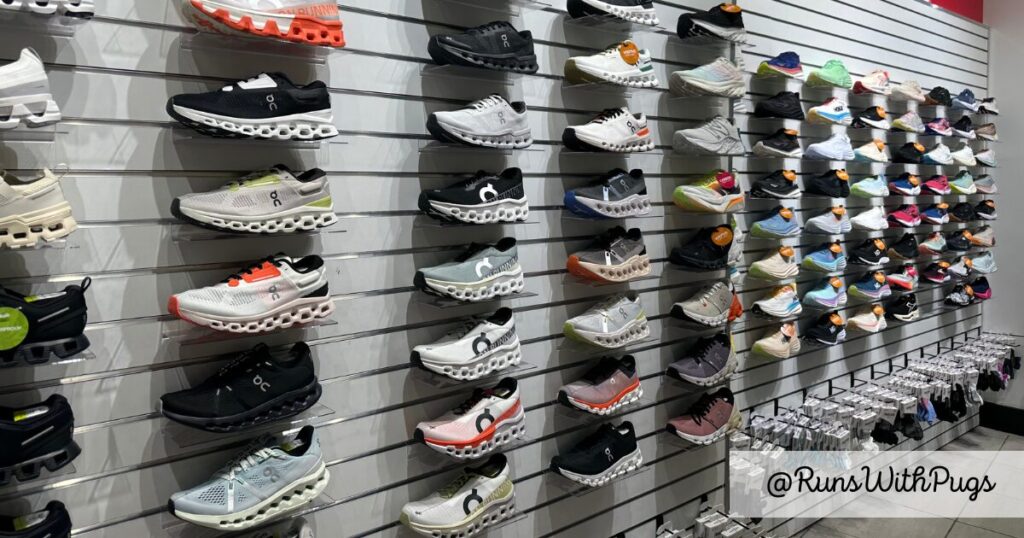
Go To Your Local Running Store
You will usually have your best running shoe experience at your local running shop. You may have an independent place (in Jacksonville, we have the amazing 1st Place Sports), or you may have a more national chain like Fleet Feet. These stores are considered “run specialty” and as a result, will have a huge selection of shoes, and a staff educated in them. Local running stores can become a great resource for any kind of running questions, and many offer clinics and group runs to build community. Plus, we love supporting local wherever we can.
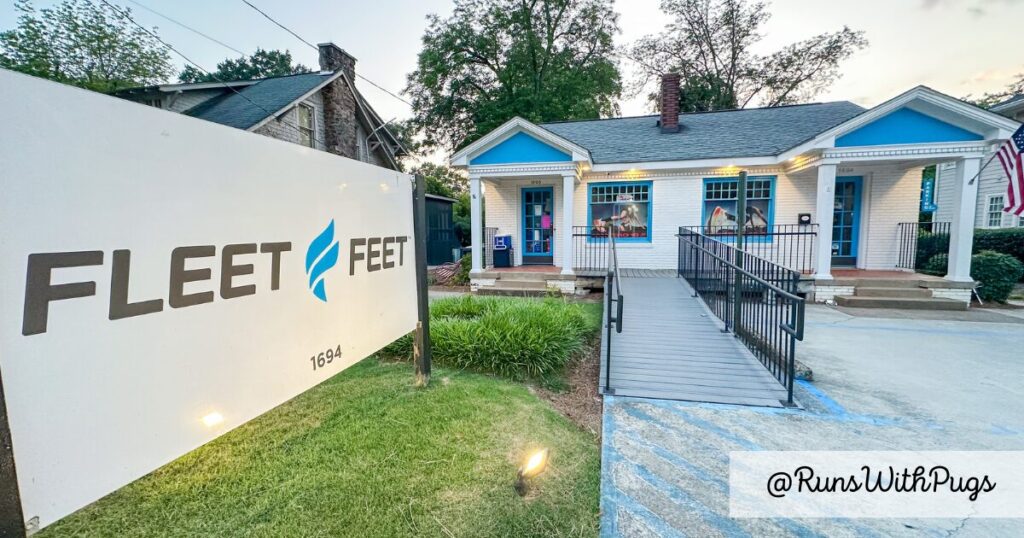
Get The Complimentary Gait Analysis
Most local running stores offer complimentary gait analysis for runners. Trained fit specialists are able to look at your feet and legs, and the way you walk and run to help match you with a style of shoe that might work best. In some cases, they will ask you to run on a treadmill or around the store and video your movement. In other cases, they will have you stand on electronic pads that analyze where you bear weight and how your feet move. They will note the flexibility or rigidity of your arches, where you land on your feet, if you overpronate (roll in) or not, and if there are any concerns in your stride.
This is a great chance to chat about how your body feels on the run, so they can gauge your needs as far as support, cushion, and shape. Pro Tip: get your gait analyzed every few years, or after an injury. Things change, and your shoe needs may change, too.
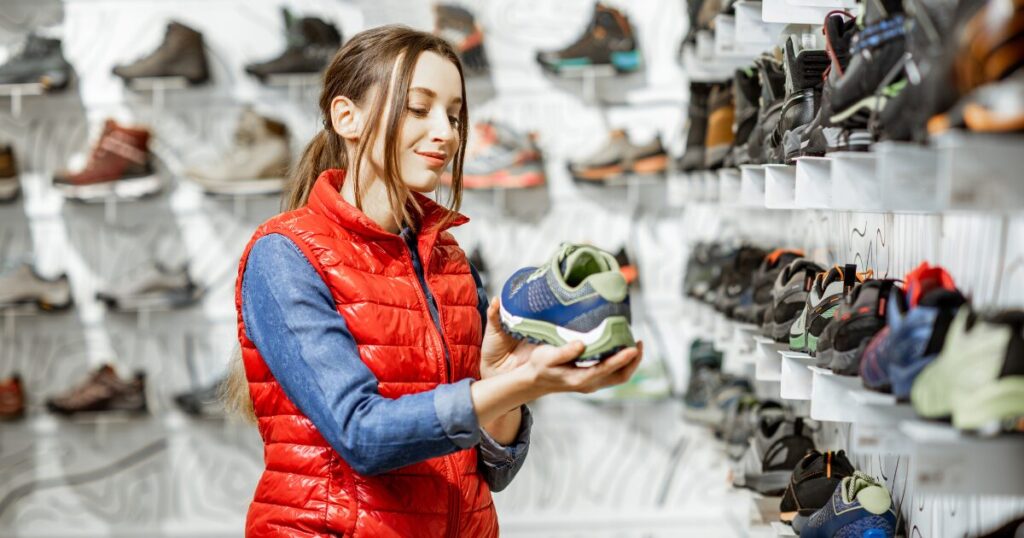
Try On Everything Your Fit Specialist Brings Out
You just never know! You might have your heart set on something, but when you try it on, it feels terrible, or you might see a shoe that looks awful but it feels like heaven. Walk around in each pair. Run around the store or on the available treadmill. Give every pair of shoes a fair shot.

If It Bothers You In The Store, It Will Bother You At Home
Running shoes typically don’t need to be broken in: they are supposed to feel ready right out of the box. That being said, if something is bothering you during the try on, it will continue to bother you. Move on to the next pair. Little rubbings and slips can easily turn into hot spots and blisters, so cut it off at the pass. You can ask your fit specialist to help you with different lacing patterns if you think that will help any discomfort, but don’t purchase something that doesn’t feel exactly right for you.
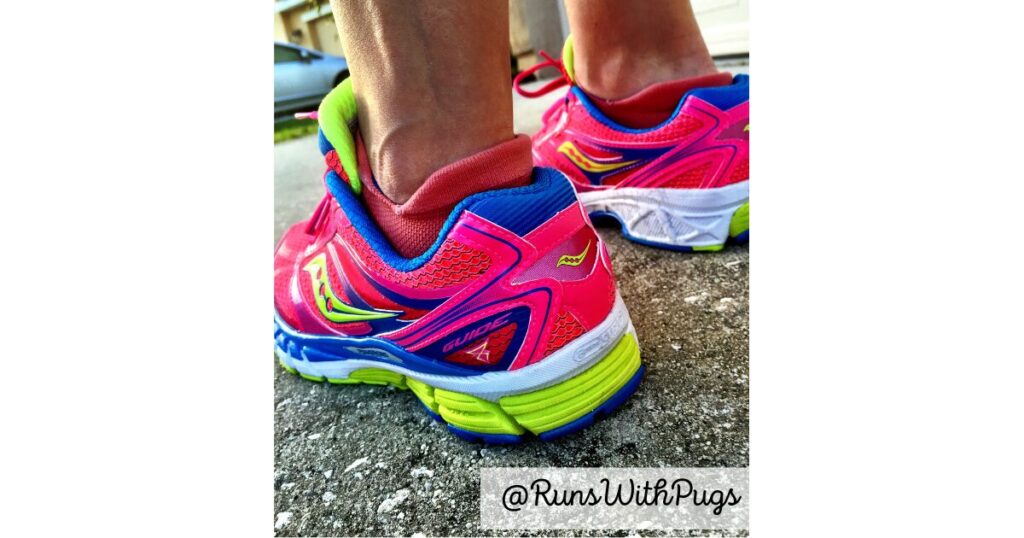
Size Is Just A Number
The general rule is to wear running shoes a size to a size and a half larger than your regular shoes. This allows room for your toes to spread and for exercise-induced swelling. Not providing extra space can lead to blisters, ingrown toe nails, and even toenails falling off. You are looking for about a thumb’s width between your big toe and the front of the shoe. Remember that size is just a number, and the actual fit of the shoe is more important than the number you are wearing.
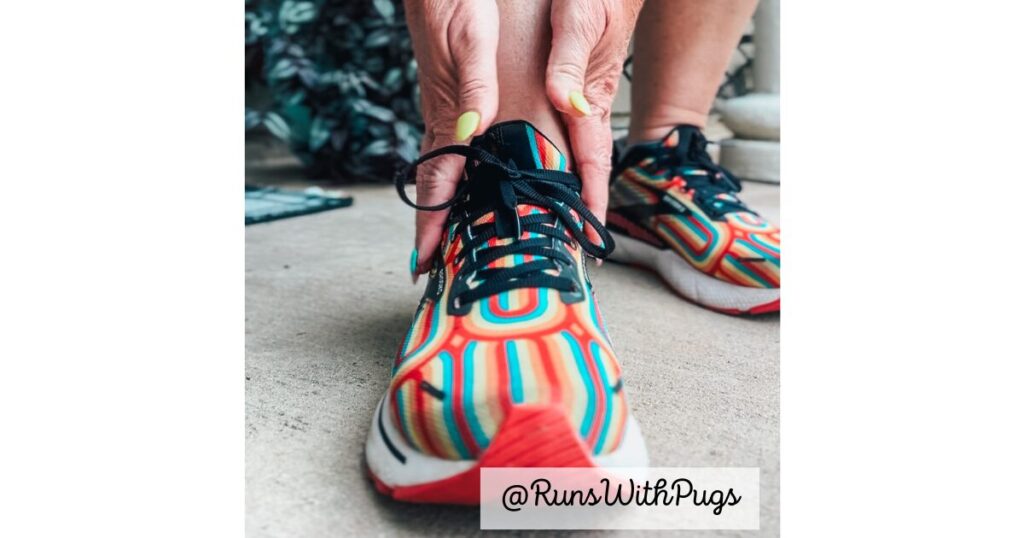
Familiarize Yourself With The Store’s Return and Refund Policy
Many stores will allow you to return your shoes within 30 days in new condition with a receipt. While I don’t love the idea of buying just to return, you can get in a trial run on your treadmill without compromising the integrity or returnability of your new shoes. Things do happen, though, and a happy customer is a repeat customer.

Track Your Miles
Your shoes should be replaced about every 400 miles. This may vary per person, but try to keep track of how many miles you are performing in your shoes. You’ll know it’s time when you start to feel a little mushy on your runs. You also might start experiencing some minor aches or pains, pop a blister, or notice the tread worn out on your sole. All of those are signals to get yourself a new pair.
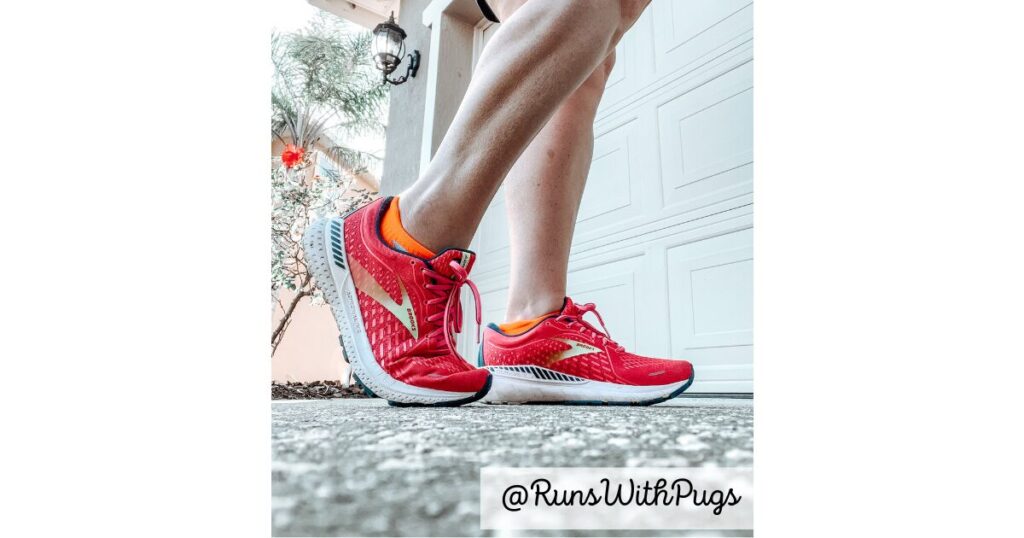
Get The Extras
Your fit specialist will undoubtedly recommend some extras like socks and maybe even insoles. Yes, this means spending more money, but it also means improving your experience. As a person with super high, flexible arches, no shoe comes close to being supportive enough in that area, so an extra insole is a welcome addition to my shoe. I also find that socks can make or break your run. Little details like this are absolutely integral to your enjoyment of the sport.
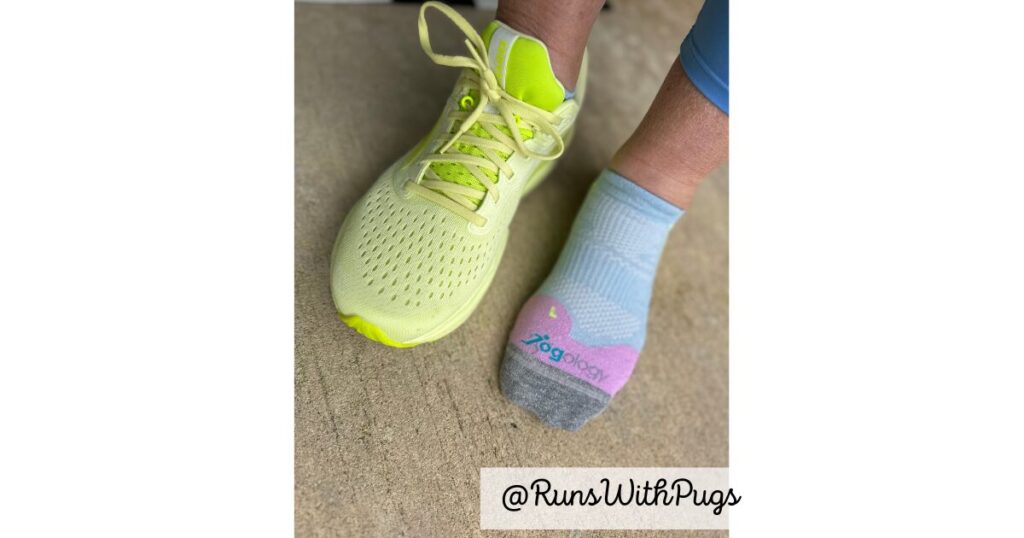
What are your tips and tricks for a positive shoe fitting experience?
Join the Runner’s Roundup!
Link up each week to post your favorite running tips, experiences, race and training recaps, workouts, gear, and coaching ideas. Join your hosts Coach Debbie Runs, Confessions of a Mother Runner, Mile by Mile, and Runs with Pugs, each week for the Runners’ Roundup linkup! Your link must be running related. Unrelated links will be removed. You must link back to your hosts — it’s common courtesy and a lot more fun! Spread the link-up love by visiting at least two other #running bloggers! Leave a comment and find new blogs to read! Use hashtags #running and #RunnersRoundup to stay in touch and promote your content!


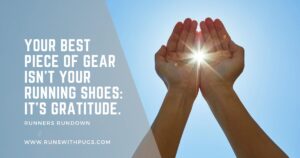
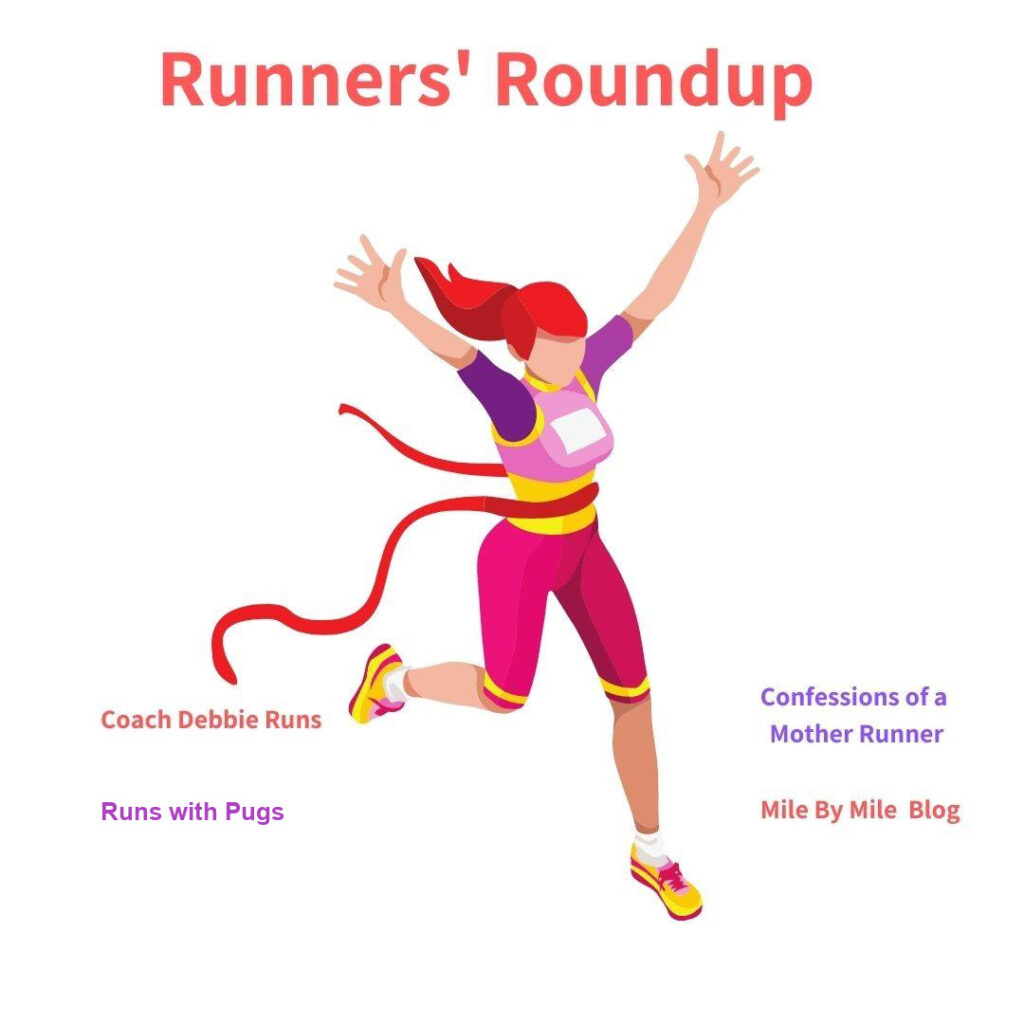


I’ve tried to be better about tracking my shoe mileage. I have a pretty big rotation of shoes so it can get confusing to know how much Ive used each pair. But usually I can start to feel when they are at the end of their life.
I usually go about 4 months and then it’s time. But yes. I can feel it.
Great advice! I used to be great at tracking my mileage (in my Garmin app) but I admit I’ve slipped since I’m running so little these days.
Another thing to think about is how feet can grow as we get older. All that pounding and flattening of the arches! Seriously, my feet are about 2 sizes bigger that when I first started running.
That’s an excellent point! I always got so frustrated as a fit specialist when people would come in and insist that they were a certain shoe size. They would have blisters and black toenails and couldn’t understand what was wrong with the shoes. And I would have to gently explain that maybe they needed a different size… As if anyone would know! Wear what feels good on your feet!